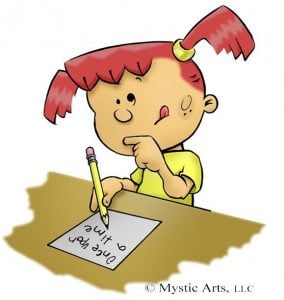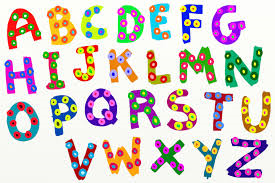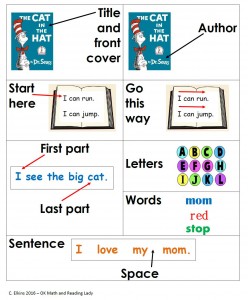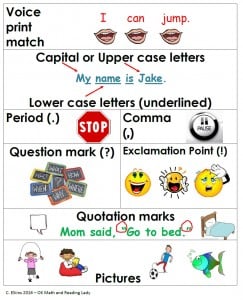by C. Elkins, OK Math and Reading Lady
So many teachers have asked for assistance with writing – so here is Part 1. Stay tuned for more parts devoted to helping students become better writers.
Sometimes it’s hard to know where to start with writing. Do you have these thoughts?
- What type of paper is best? Lined, unlined, wide rule, college rule, dotted lines?
- How much should I help them with spelling? Does it need to be spelled correctly?
- Should I use prompts or free choice journaling?
- How do I get students to space correctly?
- How do I get students to stay on a topic?
- How do I get students to use the conventions we have worked on (capitalization, punctuation, etc.)
- What do I do about handwriting issues?
- How can I connect it with reading, math, or other subjects?
At the root of all of these issues above, I believe the following are musts for any grade level:
- Students must be exposed to quality literature which highlights a variety of writing styles. This is accomplished through the books you use in guided reading, whole group reading, and especially your daily read aloud time. Through this rich exposure to literature students become familiar with various authors and their styles of writing, as well as how authors use their “voice” to relay their message. Voice is the ability to project the way you talk into print. (More info in later posts about books that really show different types of “voice.”)
- Students can’t be expected to write if they don’t see the teacher model writing. Through modeling, teachers can use dozens of “think alouds” to share the decisions they are making. In this way, the strategies a writer (the teacher) uses are being exposed. Then the students are more likely to emulate these strategies.
- Writing needs to be scaffolded in the same way as other lessons: I do – we do – you do. Students observe and watch the teacher as he/she models various writing strategies. With shared writing, the teacher and students work together to “share the pen.” Then we gradually release students through guided writing sessions before expecting independent writing. This is a year-long process.
- Sometimes your writing strategy lessons might best be accomplished through your small group literacy time. Students are probably grouped based on their reading needs, so they likely have similar writing needs. From my experience, it’s a lot easier to monitor 4-6 students’ writing than a whole class. In this case a goal could be to write once a week as part of your weekly routine. (Example: Monday and Tuesday are spent on the guided reading text for the week, Wednesday on word work, and Thursday for writing.)



 The third cueing system is the use of visual cues (V) to decode words. This means the reader is mostly focused on how a word looks. A best-case scenario is when the student is cross-checking by using meaning, structure, and the visual aspects of the word to make a correct response. See previous posts regarding Part I (Meaning) and Part II (Structure).
The third cueing system is the use of visual cues (V) to decode words. This means the reader is mostly focused on how a word looks. A best-case scenario is when the student is cross-checking by using meaning, structure, and the visual aspects of the word to make a correct response. See previous posts regarding Part I (Meaning) and Part II (Structure).